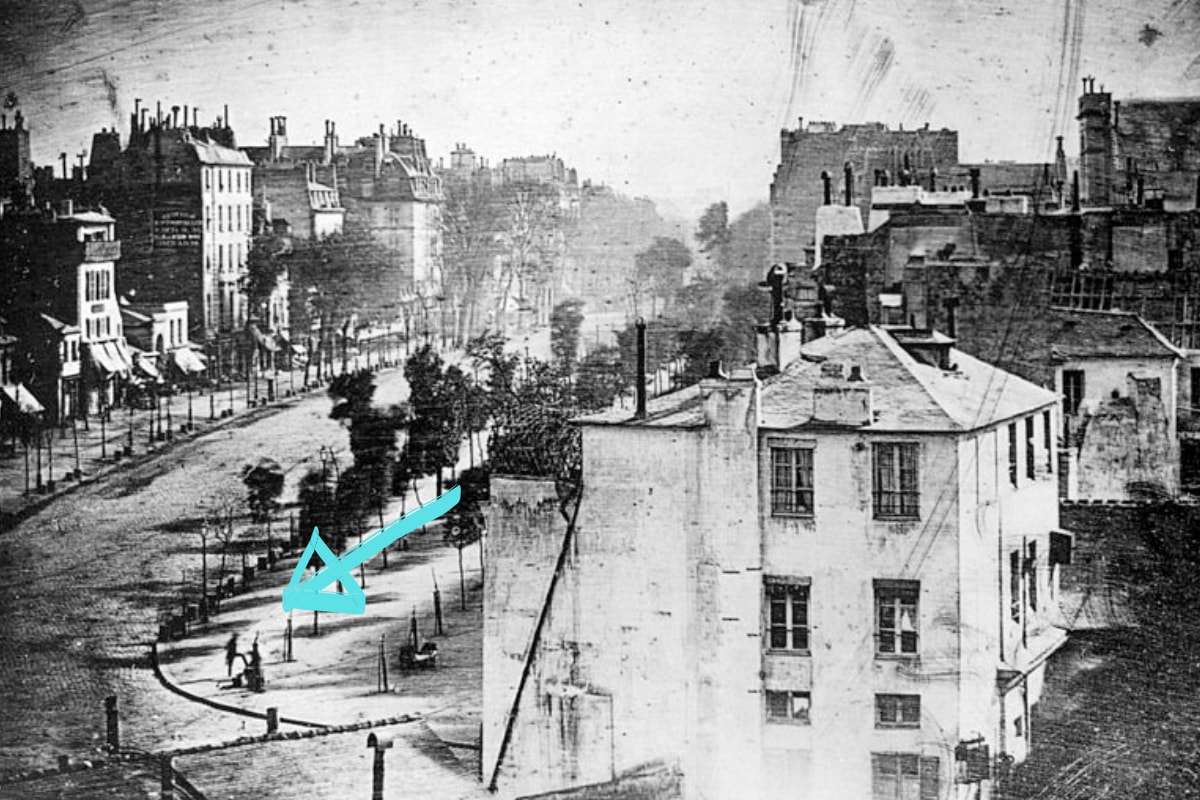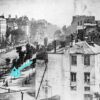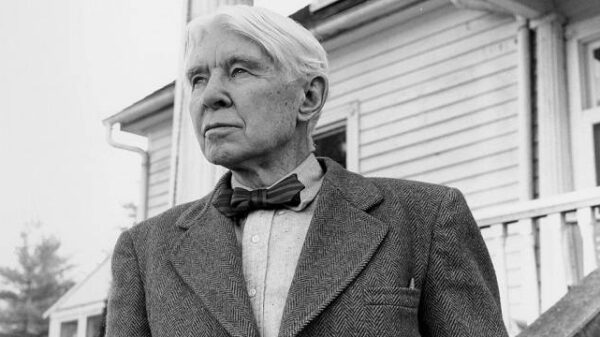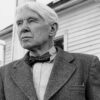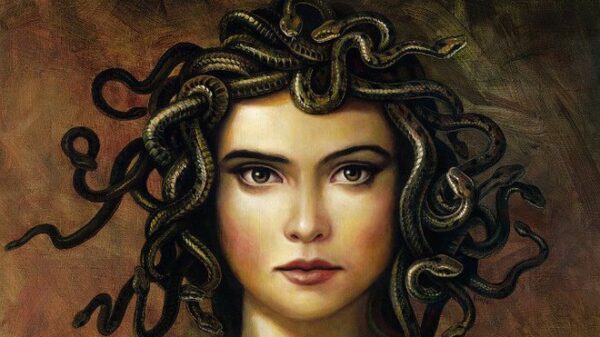Somewhere in the mid-1820s, Nicéphore Niépce initially tried to repair an image that was taken with a camera, but about 8 hours or more days of exposure in the camera were needed and the earliest results were very crude.
Niépce’s friend, Louis Daguerre went on to improve the daguerreotype procedure, the first publicly declared and commercially achievable photographic procedure.
The daguerreotype needed just some minutes of disclosure in the camera, and produced vivid, finely detailed results. The details were shown to the public in the year 1839, a date commonly approved as the beginning of practical photography.
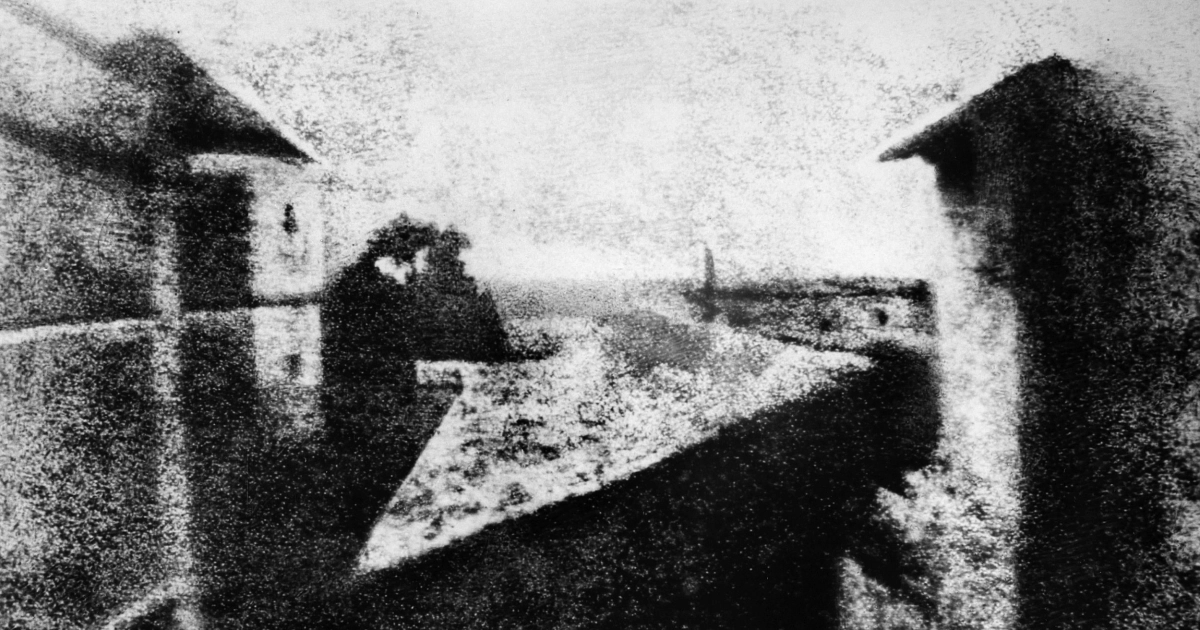
The metal-based daguerreotype procedure soon had some rivalry with the paper-based calotype negative and salt print procedures invented by the legendary William Henry F. Talbot. Successive inventions made photography easier and more dynamic from those days to today.
Read Also: The Youngest Known Soldier In World War I
Modern equipment reduced the necessary camera exposure time from minutes to seconds, and eventually to a tiny fraction of a second; new photographic media were extra economical, susceptible or easy, including roll films for casual use by beginners.
Then somewhere in the 20th century, advancements it possible for beginners to take pictures in natural colour including black-and-white format.
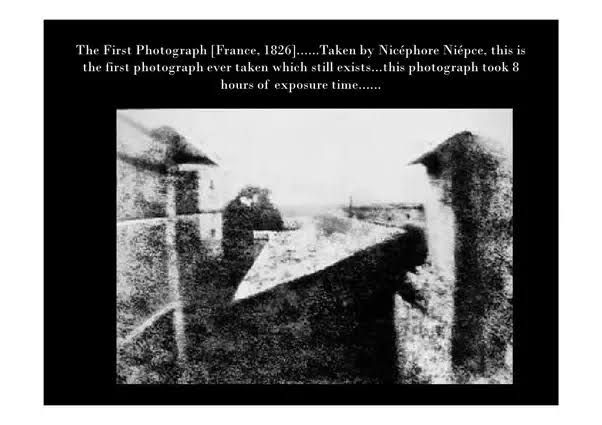
Poet Nazir is a writer and an editor here on ThePoetsHub. Outside this space, he works as a poet, screenwriter, author, relationship adviser and a reader. He is also the founder & lead director of PNSP Studios, a film production firm.

